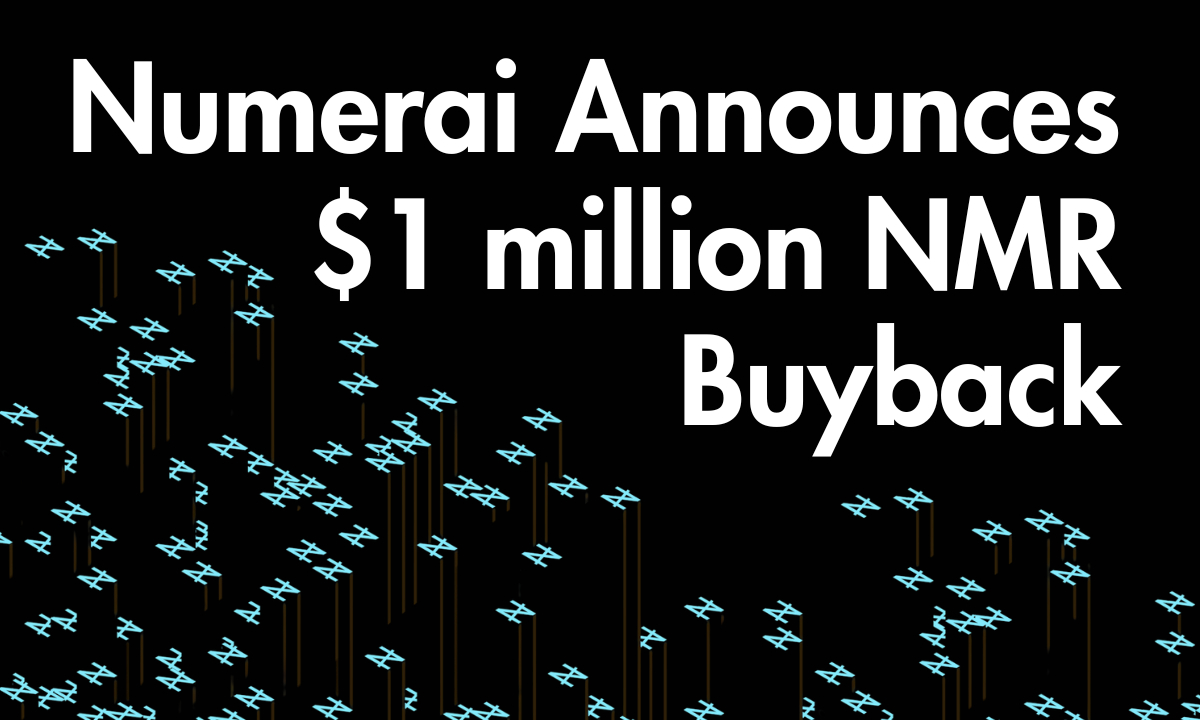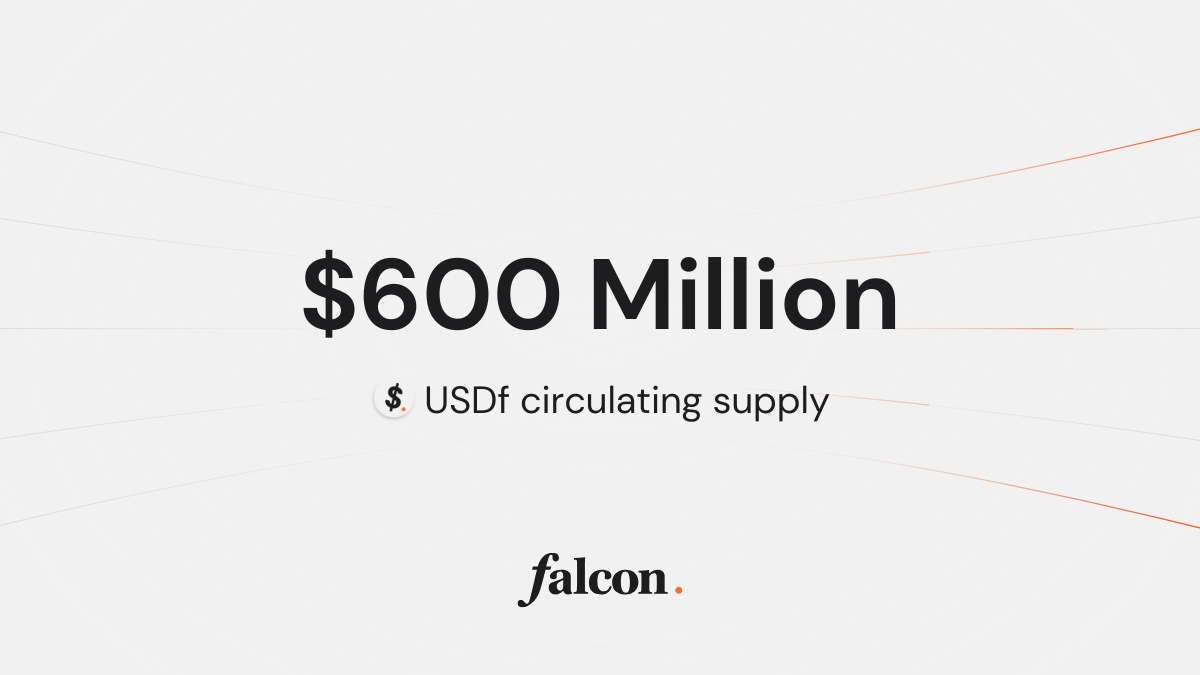Location Swap is a term used in the blockchain industry to describe a process of exchanging asset-backed tokens that represent physical goods but are stored in different locations. These tokens are created on a blockchain platform, such as Ethereum or Binance Smart Chain, and serve as digital representations of real-world assets. They contain detailed information about the characteristics, size, and current storage location of the goods.
During a location swap, the token holder simply changes the physical location from which they can claim the asset. It’s important to understand that the actual physical goods themselves are not affected by the swap; they remain in their original storage locations. Only the ownership of the token, which represents the right to the assets, is transferred.
The concept of location swap is particularly relevant in today’s global economy as it can help reduce transportation costs and prevent product shortages. By utilizing goods that are already available at the desired location but not immediately needed by their current owners, location swaps can optimize the distribution of assets and improve supply chain efficiency.
To better understand how location swaps work, let’s consider an example:
Imagine there are two companies: Company A and Company B. Company A has a surplus of a particular product stored in their warehouse in New York, while Company B needs that exact product in their warehouse in Los Angeles. Instead of transporting the goods from New York to Los Angeles, which can be time-consuming and costly, Company A and Company B can engage in a location swap.
Through a blockchain platform, Company A can create an asset-backed token representing the product they have in their New York warehouse. This token contains information about the product, such as its specifications, quantity, and storage location. Company A can then transfer the ownership of this token to Company B.
Once Company B owns the token, they can claim the product stored in Company A’s New York warehouse. The physical product itself does not need to be physically moved to Los Angeles. Instead, Company B can use the token to prove ownership of the product and claim it whenever needed. This eliminates the need for transportation and reduces costs.
The blockage of the Suez Canal in 2021 highlighted the interconnectedness and dependence on global supply chains. In a token-based economy, location swaps can be used to efficiently manage goods that are already stored in warehouses but not immediately required. By exchanging these goods with those in transit at a premium, both parties involved in the location swap can benefit.
Let’s consider another example:
Company C is a manufacturer that relies on a steady supply of raw materials for their production line. Due to the global supply chain disruption caused by the blockage of the Suez Canal, Company C is at risk of running out of raw materials.
However, there are other companies, such as Company D, that have excess raw materials stored in their warehouses. In this scenario, Company C can engage in a location swap with Company D. Company C can offer a premium to Company D in exchange for immediate access to their excess raw materials.
By engaging in a location swap, Company C can prevent production delays and ensure a steady supply of raw materials. At the same time, Company D can benefit from the premium offered by Company C, making it a win-win situation for both parties.
Location swaps have the potential to revolutionize supply chain management by optimizing the distribution of goods and reducing transportation costs. They enable businesses to make use of existing inventory and prevent product shortages, especially in times of supply chain disruptions or high demand.
The use of blockchain technology in location swaps provides transparency, security, and immutability to the process. Since the tokenized assets are recorded on a blockchain, all transactions and ownership transfers can be traced and verified. This eliminates the need for intermediaries and reduces the risk of fraud or manipulation.
In conclusion, location swap is a concept that allows for the efficient exchange of asset-backed tokens representing physical goods stored in different locations. It offers a decentralized solution to optimize supply chain management, reduce transportation costs, and prevent product shortages. By leveraging blockchain technology, location swaps provide transparency, security, and immutability to the process, making them a promising solution for businesses in today’s global economy.
Author: Johannes Schweifer















